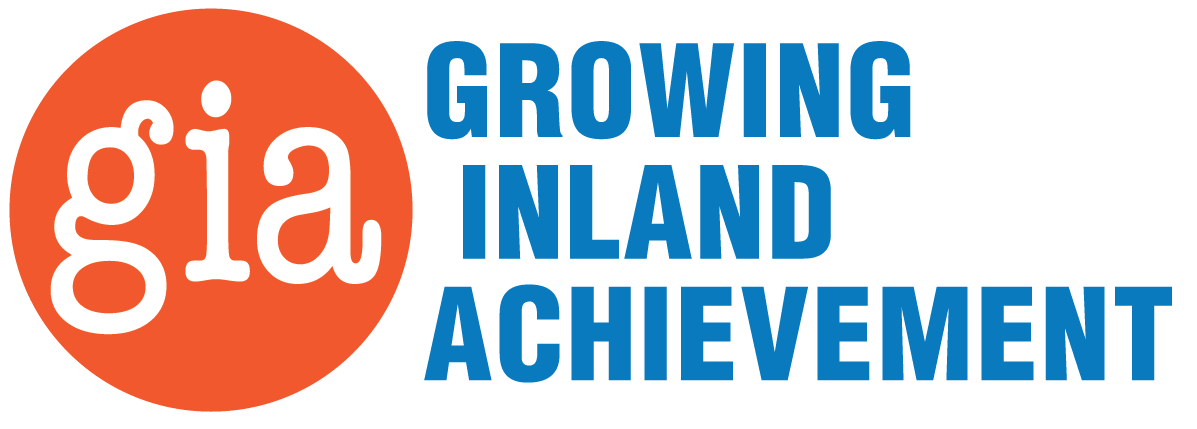California is grappling with a critical issue in its public education system: a low A-G completion rate among some high school student demographics. The A-G requirements, a sequence of 15 high school courses that students must complete to be eligible for admission to the University of California (UC) and California State University (CSU) systems, serve as a benchmark for academic preparedness for postsecondary education. Data about the Inland Empire have highlighted an even more concerning disparity in this region, with only 48% of high school students meeting the A-G requirements, trailing behind the state average of 52% for California and the average for surrounding counties (60% for Los Angeles County and 57% for Orange County). This discrepancy not only shows the educational challenges within an extremely diverse region but also underscores the broader implications for students’ future opportunities in a limited economic landscape.
The A-G course sequence encompasses various subject areas, including History, English, Math, Science, Foreign Language, Visual and Performing Arts, and college-preparatory elective courses. Completion of these classes with a grade of C or better is essential for students aspiring to enter California’s public university systems. The lower completion rate in the Inland Empire suggests that a significant portion of students either do not have access to these courses, face challenges in meeting the required standards, or both.
Economic Disparities and Resource Limitations
Several factors contribute to the region’s lower A-G completion rate. Socioeconomic disparities, resource limitations in schools, and varying levels of academic support play pivotal roles, all of which contribute to reinforcing an already unequal access to higher education in the region. According to 2023 data, in Riverside and San Bernardino Counties, African American and Hispanic students had lower A-G completion rates at 41% and 44% respectively, compared to their white and Asian counterparts at 53% and 79%. These percentages have plateaued since a year before the pandemic, in contrast to the growth experienced across all demographics from 2014 through 2019.
The Inland Empire includes areas with high poverty rates and communities that educational institutions have historically underserved. Schools in these areas often grapple with insufficient funding, and a shortage of qualified teachers, particularly in subjects required for A-G compliance, as well as a shortage in school and college counselors. Therefore, students from certain schools or even certain school districts may be unable to enroll in the necessary courses or receive the level of instruction and support needed to succeed.
A-G Completion and Its Impact on the Regional Economy
The impact of this educational shortfall extends beyond individual students’ academic trajectories. The lower A-G completion rate can contribute to hindering Governor Newsom’s goal of reaching a 70% postsecondary attainment by 2030 in the state of California as well as the region’s ability to cultivate a competitive workforce in the increasingly knowledge-based economy. As higher education becomes more crucial for career success, students without the requisite preparation may find their opportunities for economic advancement significantly limited. This scenario not only affects the students and their families but also constrains the economic diversification and development of the Inland Empire itself.
What Do Students Need to Complete A-G Courses?
Addressing this issue requires a multifaceted approach. Schools need additional resources to ensure all students have access to A-G courses and the support structures necessary to succeed. This includes digging deeper into why students are not meeting the requirements, investing in qualified teaching staff, providing academic counseling and tutoring services, and creating initiatives that raise awareness about the importance of A-G completion among students and parents. Many parents and students are not aware of these requirements and only learn about them when it is too late to remedy the situation. Additionally, partnerships between educational institutions, local governments, and community organizations can foster programs that target the root causes of the low A-G completion rate, such as economic inequality and educational disparities as well as lack of awareness.
The A-G completion rate disparity in the Inland Empire, a region that -according to a recent GIA study– assigns great value to higher education, is a complex issue that demands comprehensive solutions. By recognizing the factors contributing to this challenge and implementing targeted interventions, there is potential to improve educational outcomes for students in the region as well as to enhance the overall economic and social well-being of the Inland Empire. Ensuring that all students have the opportunity and support to meet A-G requirements is an essential step towards equity.

